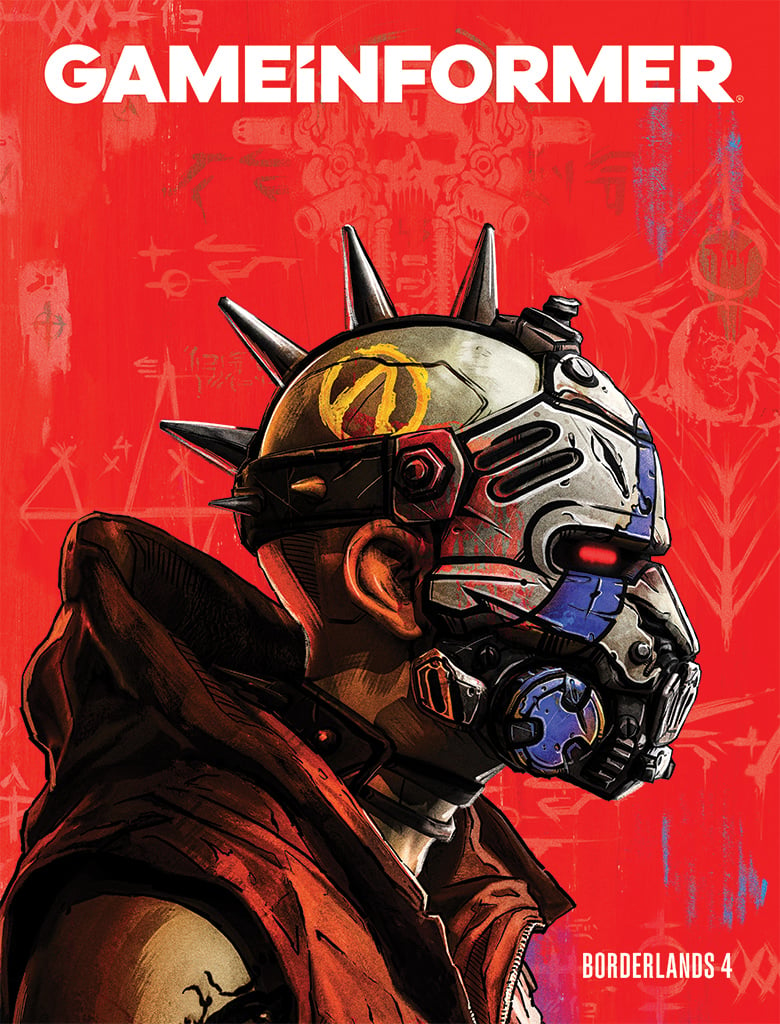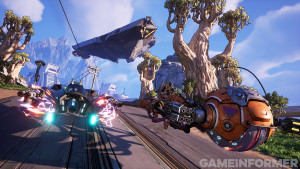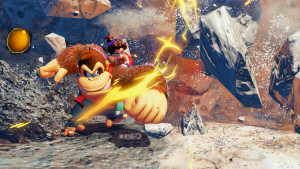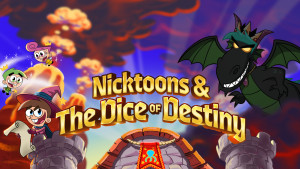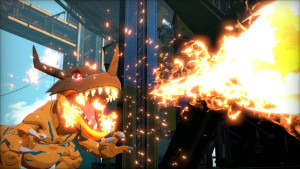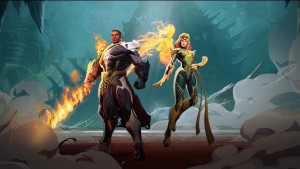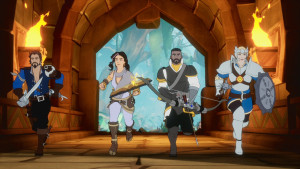Borderlands 4 debut issue is already available for Digital subscriptions. Subscribe Now!
Eador: Masters of the Broken World
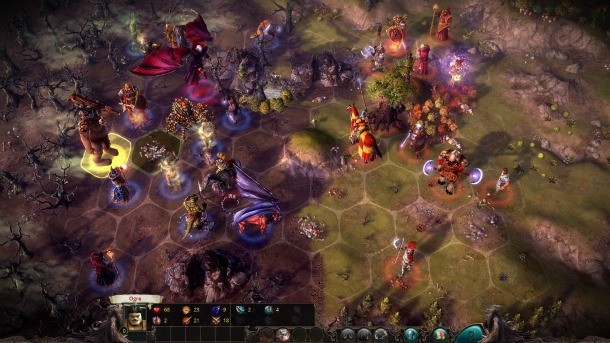
Eador: Masters of the Broken World is not for the weekend warrior strategy gamer. To be honest, it took me about a weekend’s worth of playing and reading the manual to fully understand what I was doing.
Fans of fantasy role-playing games, building cities, and pitting knights and vampires against each other are probably interested in this remake of Eador: Genesis. That PC strategy title was created single-handedly by Russian developer Alexey Bokulev. He makes a return as lead game designer with Snowbird Games, and the title is now being realized in a 3D world.
For someone like me, a dabbler in the PC strategy genre, the allure of Masters of the Broken World is, well, the broken world.
The name Broken World isn’t some allusion to discord among the fantasy races (elves and dwarves, anyone?), but rather that the world has literally broken into floating pieces of rock. These “shards” adrift in space need to be reunited to fight back Chaos – or risk being pulled into the darkness for good.
This premise gives you, one of the god-like Masters, one goal: take over the shards floating in the Great Nothing and add them to your collection.
This is where things get good. Taking over a piece of land isn’t merely an exercise in clicking it and jumping into a turn-based battle on a map of hexes. Instead, after choosing a plot to conquer, the game zooms in to reveal a sprawling environment.
This is where players construct buildings, hire heroes to do their dirty work, and then decide what they want to do. Heroes are essential to the game. Players start out by hiring a Warrior, Scout, Commander, or Mage. These powerful leaders are needed to hire armies to fight with, complete quests, and explore the shard.
If there are ancient ruins on the map, it is in your best interest to direct your hero to them and check them out. If you do, you’re briefed via a scouting report on what treasures can be had – but also what enemies are guarding the ruins, or swamp, or wherever you send your hero to. This report often comes back with a description of the resistance met, and what may happen if you engage the enemy for the chance to search some ancient ruins.
I attacked enemies on the map often to get at treasure. I also failed often. When the scouting report says you should be wary and expect defeat, you should probably go back and build up resources and add to your entourage. It takes time to recruit good units to your team, and the battle system is much deeper than bopping enemies on the head more times than they bop you.
Leveling heroes takes a bit of time, too, and each has different strengths. Leveling a warrior gains a huge boost in hit points. The commander lets you bring more units into battle. Scouts and Mages are better left to long-range attacks. Players must take note of the fact that gems are needed to fuel the Mage’s firepower.
Once your hero hits level 10 you get to choose one specialization out of the four second-tier classes. A Warrior, for example, can turn into a Berserker to do some real melee damage, or a Dark Knight if necromancy is more appealing.
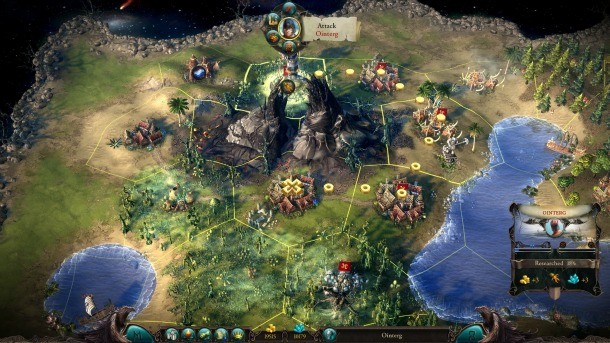
It’s also not enough to just conquer a hex and move on to the next one. The game is similar to Ogre Battle 64: Person of Lordly Caliber in that what happens after the battles is just as important, if not more. The game’s description even points this out.
In that Nintendo 64 strategy title players help those in the conquered lands with little missions or issues that arise in order to be seen as a better person, thus earning one of the possible six endings. Snowbird’s remake is similar in that there is much to do after taking control of a hex.
Once in control of a province, players have to deal with random events in their lands almost every turn. Often times this means giving away some of you precious gold or gems – the stuff you need to fuel your war machine. How you respond to random events such as a plague or monster outbreak is important because it can affect your karma. Usually the player is presented with multiple options to solve a problem in a conquered province. The pricier solution will usually make the residents of that area happy. Ignoring it will not.
Ignore an issue, and the residents of a province might decide to rise up against you a few turns later. The developer promises a lot of variety, with over 1,000 random event dialogues able to pop up throughout the game.
Abdicating your responsibility as a ruler is allowed – it’s certainly intriguing to act in a churlish manner when in a position of power – but there are consequences, and the ending you earn will change depending on how you rule. Sometimes you have to skip out on helping others when you don’t have the resources, and that too can cause even a kindhearted ruler grief later on.
Hiring certain units also affects karma, as does constructing certain buildings or performing specific spells. Raising an undead army is easy on your treasury but tanks your karma in a hurry.
Karma plays a role in how effective your invasion forces are. If your karma is aligned with the people of a province, things will more likely not end in bloodshed. Sometimes naturally evil characters will be willing to let you take over their patch of land if you’re like-minded.
Once a land is conquered you’re sent back to the overworld hub. This is where you select your next place to conquer. During the campaign players will come across other Masters who are on the same gotta-catch-‘em-all mission.
Your karma affects your relationships with other Masters. An early example of how it affects Masters is how good karma unlocks the backstory of a potential ally, and how trusting he is of you.
[Next up: Learn more about the battle system and unit skills]
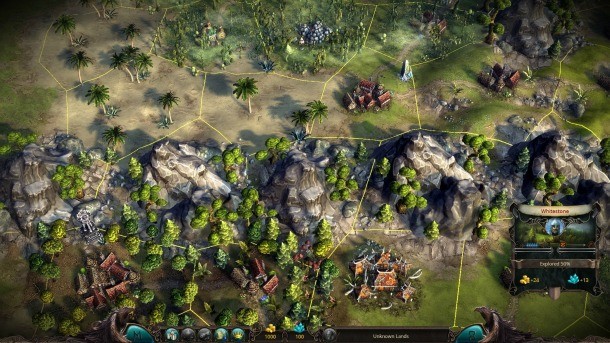
Aside from the campaign, the beta presents some demo scenarios based solely on fighting, and it is a whole different experience when controlling some of the stronger and more advanced units. This was a breath of fresh air because, thought the campaign is fun to explore, it takes numerous hours to level up your heroes, build up your stronghold, and eventually collect a shard.
On the surface the idea of moving units around on a hex-based map to smite each other seems simple. In that respect it is, but a number of things need to be kept in mind when battling.
Lizardmen, for example, have Swamp Knowledge, a skill that allows them to traverse swamp terrain without losing stamina and also gain a defense boost while in a swamp hex. They can also recover one hit point per turn with the regeneration trait, making them great defensive units.
Other units like the Commander can switch from a melee weapon to a bow, and even cast spells. Trading weapons takes up a precious turn, and magic is limited – but very helpful. In one battle I set up a one-two punch by having my Commander cast Astral Energy on a Manticore, allowing it to take two turns instead of one. The winged lion-like creature is a powerful unit and can travel just about anywhere on the map – and one-hit kill most adversaries.
Many strategies can be built around unit skills and magic properties such as creating zombies from dead enemies to attack in the round they’re revived, or recovering your ogre’s health by eating fallen enemies. It comes down to what you’re up against, and what you enjoy using. Though I didn’t get to play them, I expect the multiplayer modes for up to six players will benefit from this troop diversity.
These skills have to be kept in mind because the game gets brutal on later difficulties, and knowing your units inside and out is important for survival in tough battles. Some skills, though they may be useful in the right fight, can also get you into trouble if used haphazardly. The Pikeman unit is a perfect example: they like to strike a unit when it comes into range before it gets a chance to attack, but if it hits a Barbarian you can count on that unit going berserk and hitting with much more force during its initial attack. A normal counter is much safer, so deft planning is important.
Masters of the Broken World has a neat premise and a mash up of genres that don’t feel shoehorned together. The game does take significant effort and time to learn, and the animations also leave much to be desired. This is something the developers promise to be fixed in the final build.
If that sounds like your cup of tea, look for Snowbird’s title on April 19 for PC. A Mac version is also planned, though it is not clear when it will be released.
